|
Our economic downturn has not only brought with it disillusionment and insecurities but also in its wake has created a new type of nationalism. The main idea behind fashionalism is to make nationalism “hip” and to give citizens a sense of ownership in their country’s economic and social landscape by purchasing American designers and brands. We, in the United States, are not only experiencing a surge in nationalistic pride in our fashion choices, but this phenomenon has also taken fast hold in fashion capitals across the globe. As well as purchasing fashion items with the British flag emblazoned on them, British buyers, same as American buyers, are concentrating on stocking stores with brands and designers that are specific to its respective country. In Great Britain, this includes items from designers, Vivienne Westwood and Paul Smith. It is interesting to note that the wave in fashionalism has crested during a time when the G20 summit is taking place. The media has spent a significant amount time scrutinizing the attire of First Ladies, Michelle Obama and Sarah Brown. Both women have made a clear fashion nationalistic fashion statement by choosing to wear “homegrown” fashions. The purpose of the current London G20 Summit is to bring the world’s biggest economies together so they can work to find a solution to help restore global economic growth through better international coordination. While at the same time, many of the G20 nation members have already implemented measures designed to restrict trade and protect local industries. While an interest in nationalist shopping continues to grow, many proponents of free trade and globalism are concerned that ultimately buying locally may hurt international trade and stunt economic growth in the long term.
0 Comments
Your comment will be posted after it is approved.
Leave a Reply. |
Contact Fashion SpeaksThank you, your message has been sent
Archives
April 2013
|
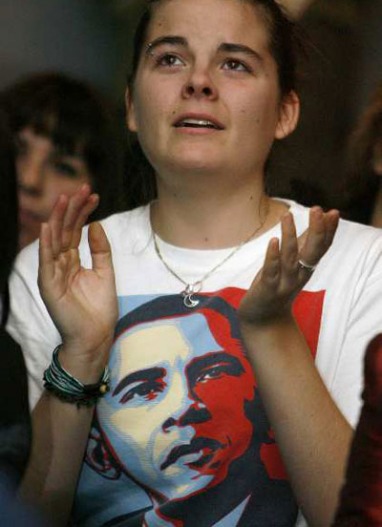
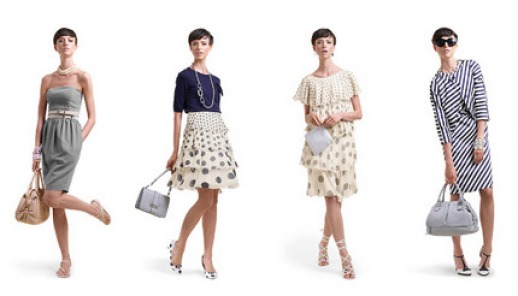
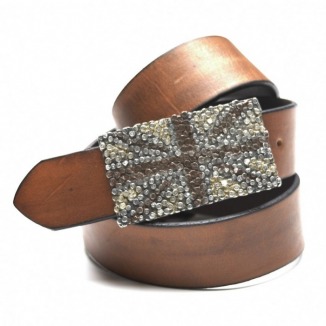
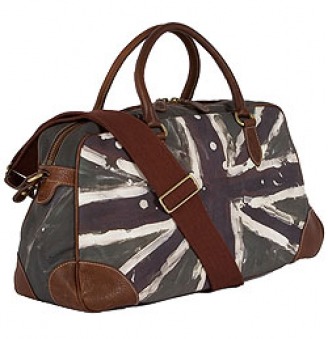
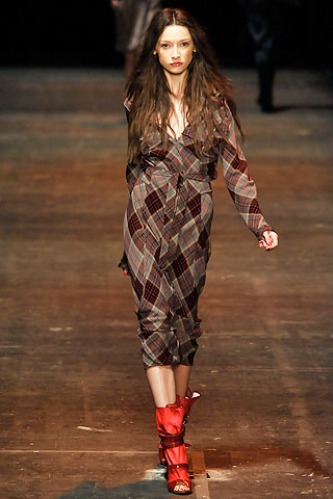
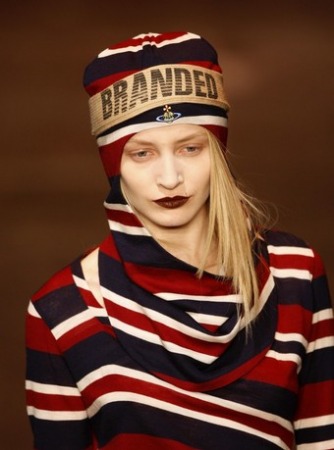
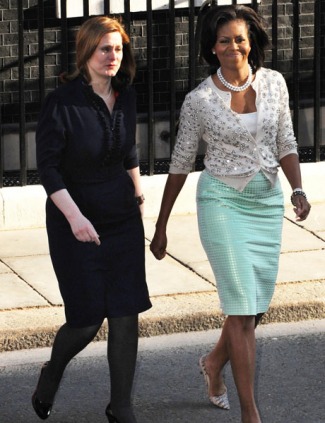
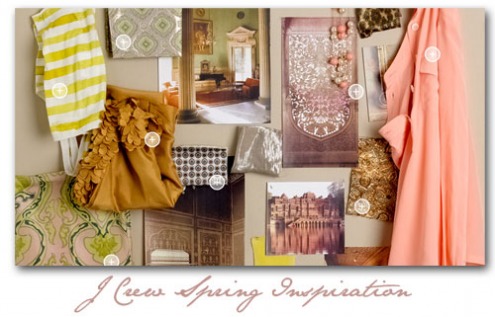
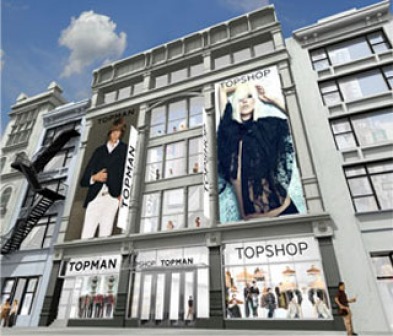
 RSS Feed
RSS Feed